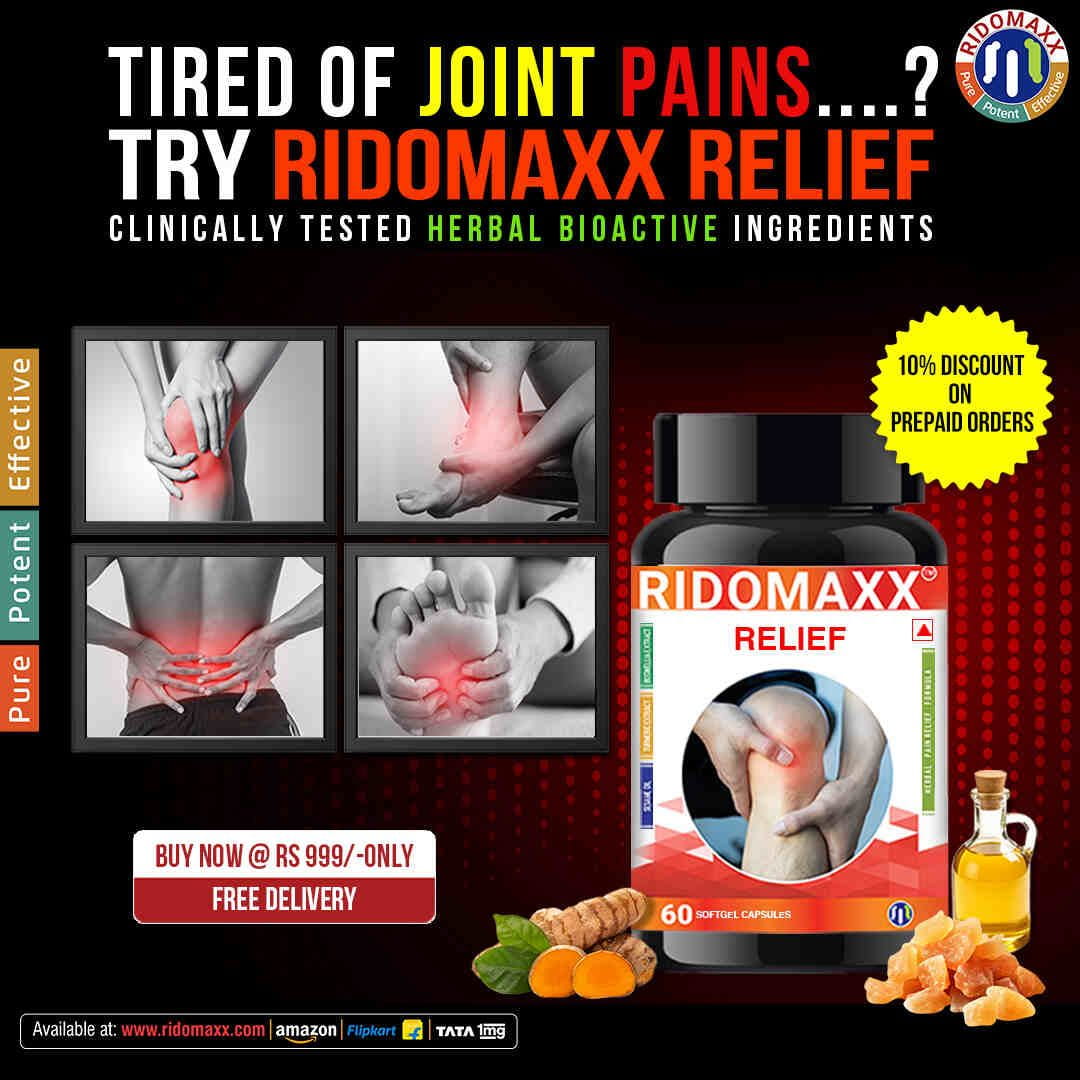Post-surgery recovery often involves managing pain, which can significantly impact a patient’s ability to heal and regain normal function. Pain relief tablets play a crucial role in helping patients navigate the discomfort that follows surgery. By reducing pain, these medications enable patients to move more comfortably, participate in physical therapy, and avoid complications, all of which contribute to a quicker recovery. Effective pain management also improves overall well-being during the recovery period.
Various pain relief tablets, including opioids, non-steroidal anti-inflammatory drugs (NSAIDs), and multimodal therapies, are commonly used depending on the type of surgery and the patient’s needs. These medications help minimize the risk of chronic pain, prevent complications such as blood clots and respiratory issues, and ensure that patients are more active post-surgery. Understanding how this pain relief options work is essential for a smoother, safer recovery.

Here are some roles of pain relief tablets in post-surgery recovery.
1. Pain Relief and Mobility:
One of the critical aspects of post-surgery recovery is regaining the ability to move around. Pain can significantly hinder a patient’s willingness or ability to get out of bed and move, which can delay recovery. When pain is managed well, patients can become more mobile, which is crucial for healing. Moving around promotes blood circulation, reduces stiffness, and helps prevent complications such as blood clots and muscle weakness. For instance, patients who can move early after surgery are more likely to experience a shorter hospital stay and a faster overall recovery.
Inadequate pain control can make it difficult for patients to participate in physical therapy or rehabilitation, which is often necessary for a successful recovery after surgery. By minimizing pain, pain relief tablets help patients engage in gentle activities, walking, and exercises that are vital to the healing process.
2. Reducing the risk of post-surgery complications:
Pain management is not just about patient comfort—it is also about preventing complications that can arise during recovery. Patients who experience severe pain may avoid deep breathing or coughing, increasing the risk of developing respiratory complications like pneumonia. In addition, prolonged immobility due to pain can lead to blood clots, which may result in life-threatening conditions such as deep vein thrombosis (DVT) or pulmonary embolism (PE).
Effective pain relief can also lower the risk of urinary infections and other issues caused by prolonged bed rest. By encouraging patients to get up, walk, and stay active, pain relief tablets contribute to reducing the likelihood of these complications, ensuring that the body heals properly without unnecessary setbacks.
3. Preventing Chronic Pain:
Post-surgery pain can sometimes become chronic if not managed appropriately during the early stages of recovery. Chronic pain can significantly affect a patient’s quality of life, causing ongoing discomfort, emotional distress, and physical limitations. Adequate pain control in the immediate postoperative period can help prevent the transition from acute pain to chronic pain.
When pain is managed effectively, the risk of nerve sensitization and long-term pain problems is reduced. Preventing chronic pain is particularly important in surgeries involving areas like the spine, joints, or abdominal region, where nerve damage or inflammation could lead to lasting discomfort.
4. Types of Pain Relief Tablets and Their Considerations:
Post-surgery pain relief often involves a combination of medications tailored to the patient’s needs and the type of surgery performed. Different classes of pain relief tablets have their own benefits and potential risks. Understanding these options helps patients and healthcare providers make informed decisions about pain management during recovery.
Opioids: Opioids are commonly prescribed for managing acute postoperative pain, especially for major surgeries or procedures that involve significant tissue damage. Medications such as morphine, oxycodone, and hydrocodone fall into this category. Opioids work by binding to specific receptors in the brain and spinal cord, blocking pain signals and providing relief.
While opioids can be highly effective, they come with potential side effects, including nausea, vomiting, constipation, drowsiness, and the risk of dependence. Due to the growing concerns about opioid misuse, it is essential to use these medications cautiously. Patients should take opioids at the lowest effective dose for the shortest possible time to avoid addiction or other adverse effects.
NSAIDs: Non-steroidal anti-inflammatory drugs (NSAIDs), such as ibuprofen, naproxen, and diclofenac, are another option for managing postoperative pain. These medications work by reducing inflammation, which is a common cause of pain after surgery. NSAIDs can be particularly useful for treating mild to moderate pain, especially when swelling or inflammation is a significant concern.
However, NSAIDs are not without risks. Long-term or excessive use of NSAIDs can lead to gastrointestinal issues such as bleeding, ulceration, and stomach upset. In addition, certain NSAIDs, particularly those that inhibit the cyclooxygenase-2 (COX-2) enzyme, like celecoxib, may reduce the risk of gastrointestinal side effects but may increase the risk of cardiovascular complications such as heart attacks or strokes. Patients should be carefully monitored when using NSAIDs for pain relief, especially those with pre-existing cardiovascular conditions.
Multimodal Pain Control: Multimodal pain control is a strategy that combines different types of medications, including opioids and non-opioids, to achieve optimal pain relief while minimizing the side effects of any single medication. This approach aims to target pain from different angles, reducing the overall need for opioids and other potent drugs. By using a combination of medications, such as NSAIDs, acetaminophen, and local anesthetics, multimodal pain control can provide better pain relief while limiting the risks associated with each drug.
This approach is especially helpful in reducing opioid consumption, thereby lowering the chances of dependence and other opioid-related side effects.
Gabapentin: Gabapentin is another medication that can be used in conjunction with other pain relief tablets to manage postoperative pain. Originally developed to treat seizures, gabapentin has been found to be effective in reducing nerve-related pain. It is often used in surgeries where nerve damage or irritation is expected, such as spinal or orthopedic surgeries.
Gabapentin can help reduce the need for opioids and improve pain scores in patients. It works by calming overactive nerves, reducing the sensation of pain, and helping patients recover more comfortably. However, gabapentin can cause side effects such as dizziness and drowsiness, so it should be used with caution.

Conclusion
Pain relief tablets are a vital part of post-surgery recovery, helping patients manage discomfort and promoting faster healing. By reducing pain, these medications enable patients to move, engage in rehabilitation, and avoid complications such as blood clots or infections. Choosing the right pain relief method is crucial to ensure a smooth recovery and minimize the risk of developing chronic pain.
When it comes to selecting the Best Pain Relief Tablets in India or the Pain Relief Capsules, it’s important to consider both effectiveness and potential side effects. Opioids, NSAIDs, and multimodal therapies offer different benefits and risks, and a balanced approach can help achieve optimal pain control. Consulting with healthcare professionals to choose the most suitable option ensures a safe, comfortable, and speedy recovery process for patients after surgery.
Read More:
Role of Vitamins and Minerals in Boosting Energy Metabolism
The Role of Micronutrients in Maintaining Healthy Skin
Understanding Nutritional Neuropathies: Causes and Prevention




